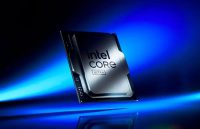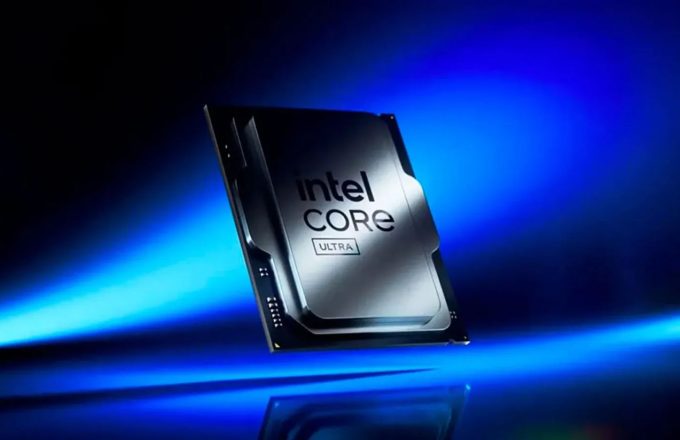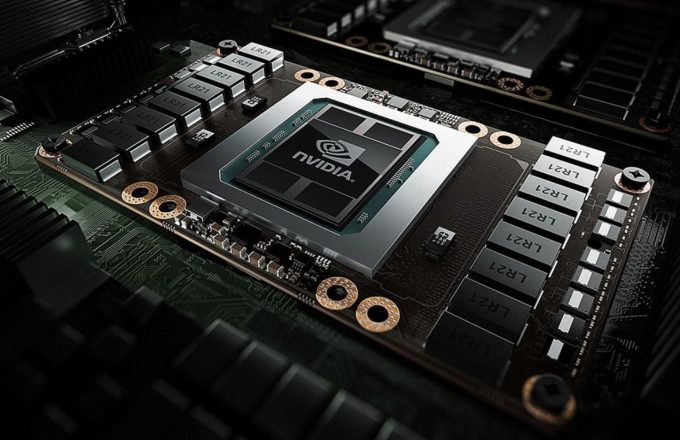In the world of technology, it’s common to hear about ARM and the x86-64 architecture—two types of processors with very different approaches. However, understanding why they are so distinct isn’t always straightforward. The key lies in knowing their main characteristics and how they impact performance. That’s why today, we’ll explore the most important differences between ARM and x86-64.
PC hardware can be complex, especially for those just starting to learn about it. Even experienced users may sometimes struggle to differentiate certain components. Additionally, with technology advancing so rapidly, it’s easy to get lost in technical terminology and the reasons why two processors with similar goals can be fundamentally different. This is exactly the case with ARM and x86-64.
The Key: Instruction Set
To truly understand the difference between ARM and x86-64, we first need to grasp the concept of an instruction set. Simply put, this refers to the basic operations that a processor can execute. Each instruction tells the chip what task to perform, such as mathematical calculations or data management.
When a program needs to communicate with the processor, it does so through an intermediary layer that translates commands into the chip’s language. This code is known as assembly language, which converts instructions into a format the processor can understand, called machine code.
Here is where the biggest difference between the two architectures lies:
- x86-64 uses a Complex Instruction Set Computing (CISC) approach. This means each instruction can perform advanced tasks but requires more clock cycles to complete each operation.
- ARM, on the other hand, follows a Reduced Instruction Set Computing (RISC) approach. It breaks tasks down into simpler operations that can be executed in fewer clock cycles, optimizing both performance and power consumption.
Impact on Power Consumption and Performance
Since both the instructions and the processor’s logic must be stored in transistors, the RISC design of ARM allows for fewer transistors, as it requires fewer instructions. This translates into lower power consumption, making these chips ideal for battery-powered devices like smartphones and tablets.
On the other hand, the x86-64 architecture, while less power-efficient, is more powerful and versatile. Its CISC design makes it easier to run programs written in high-level languages like C, without requiring extensive translation to assembly language. This makes it the preferred choice for computers and servers, where performance is a priority.
Which Architecture Is Better?
It depends on the use case.
- ARM excels in energy efficiency, making it the best option for mobile devices and systems that prioritize battery life.
- x86-64 stands out in performance and compatibility, making it the standard choice for desktops, high-performance laptops, and servers.
In short, if you need battery life and low power consumption, ARM is the way to go. But if you require power and compatibility with traditional software, x86-64 remains the dominant option.




















